Bucharest is the capital, cultural, industrial, and financial hub of Romania. The first written appearance of the name București dates from 1459 and it became capital of Romania in 1862.
At the beginning of the 20th century, Bucharest was thriving with rapid industrial development and commercial projects. Over 760 new enterprises were established in the city. The first Bucharest Jubilee Exhibition was held in 1906. The population of the city surpassed 300,000 inhabitants. During the Great War, Bucharest was placed under the military occupation of the Central Powers on December 6, 1916.
Here below are some fascinating historical photos of Bucharest from the early 20th century that show streets, landmarks, markets and everyday life.


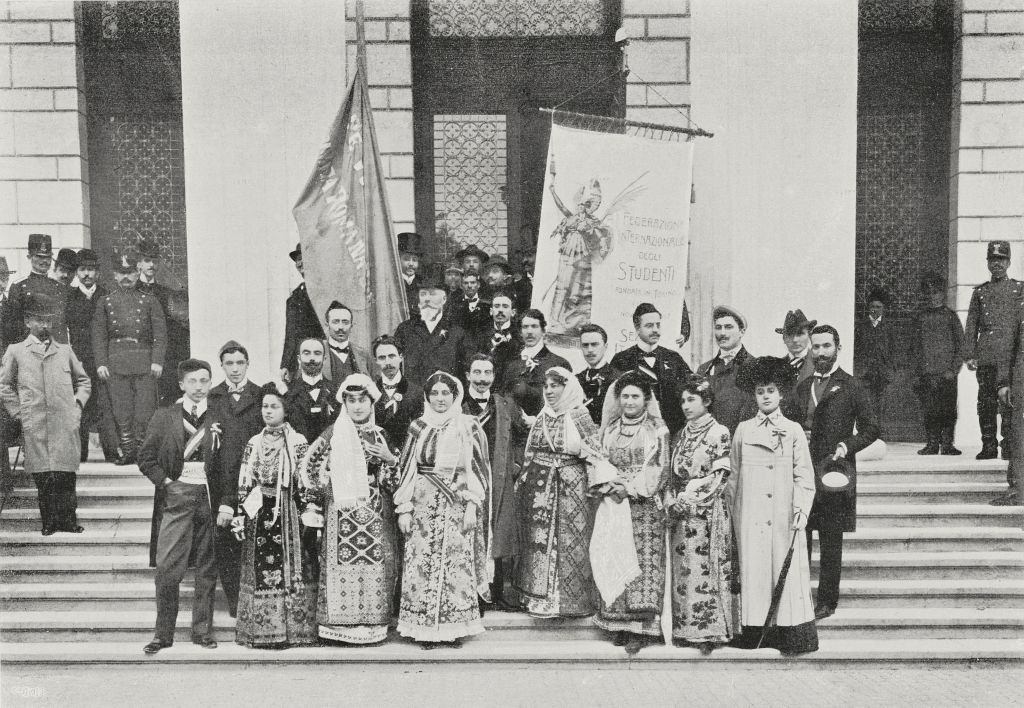
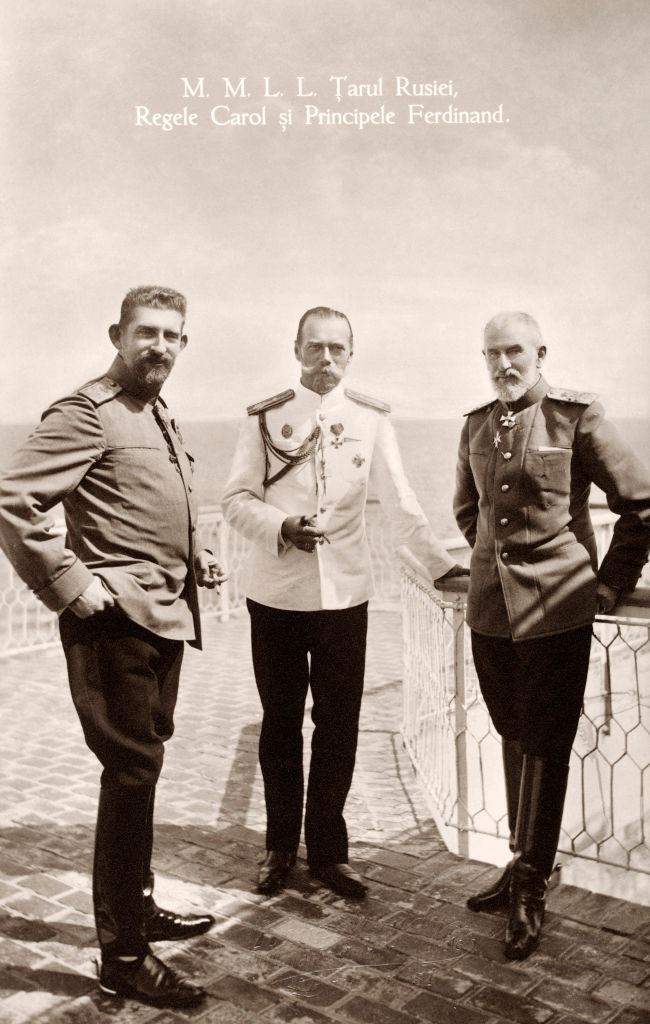
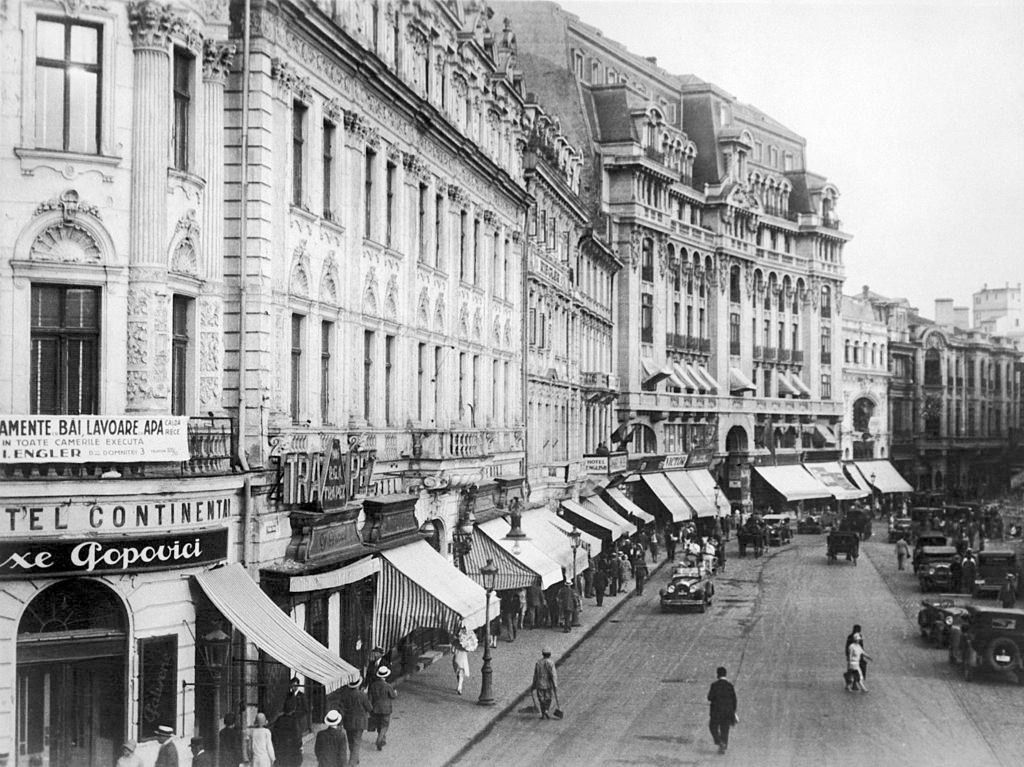
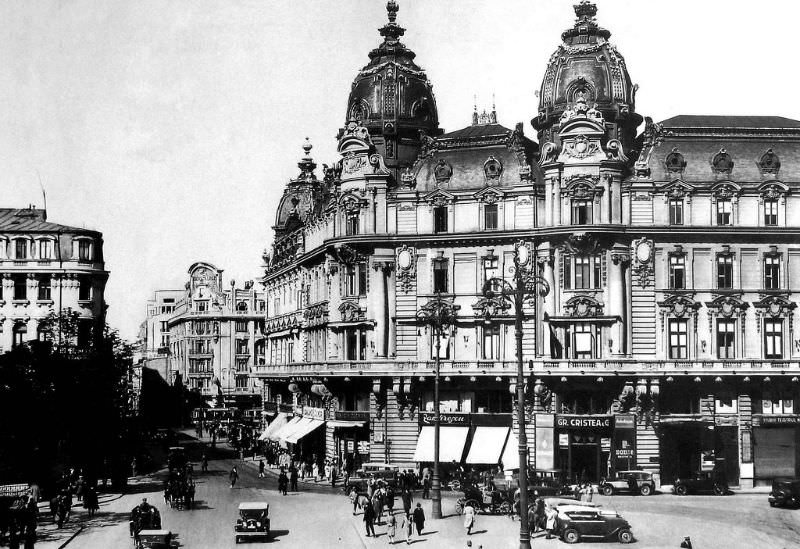
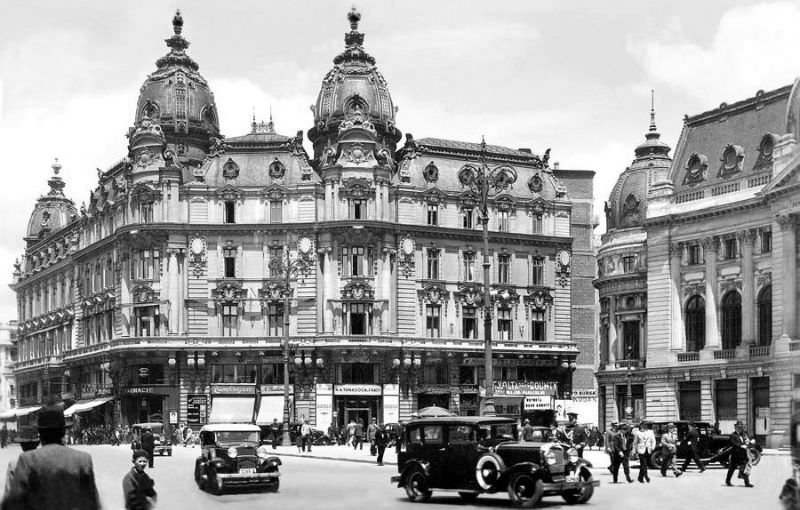

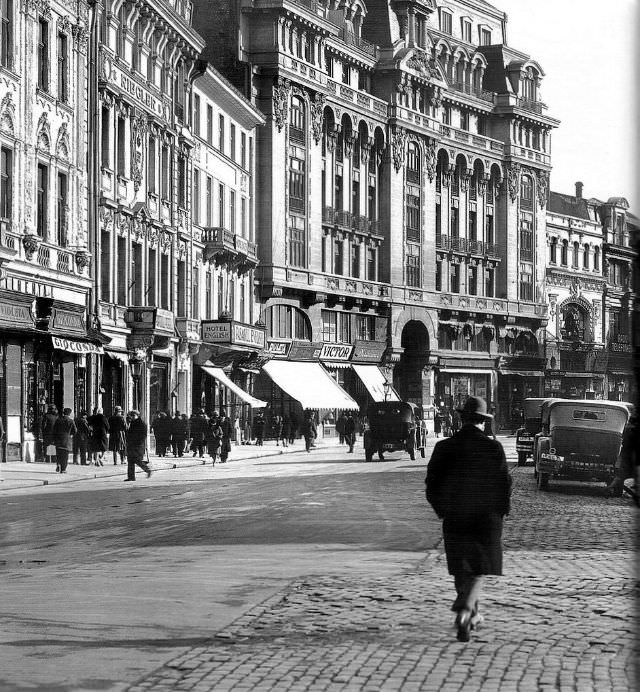
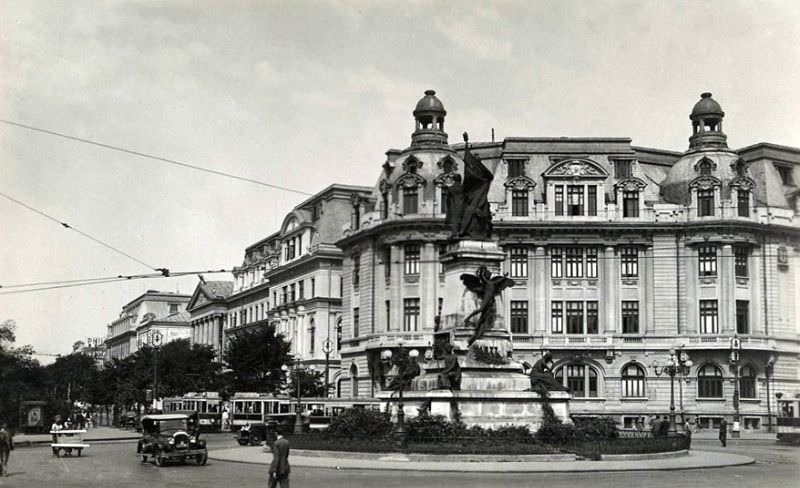
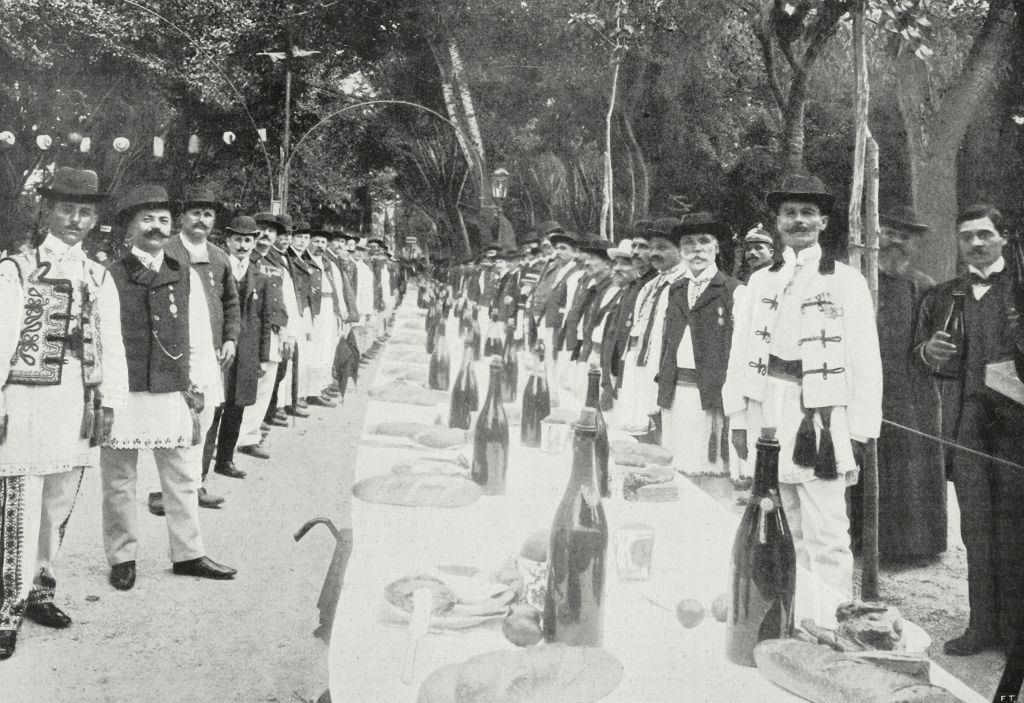
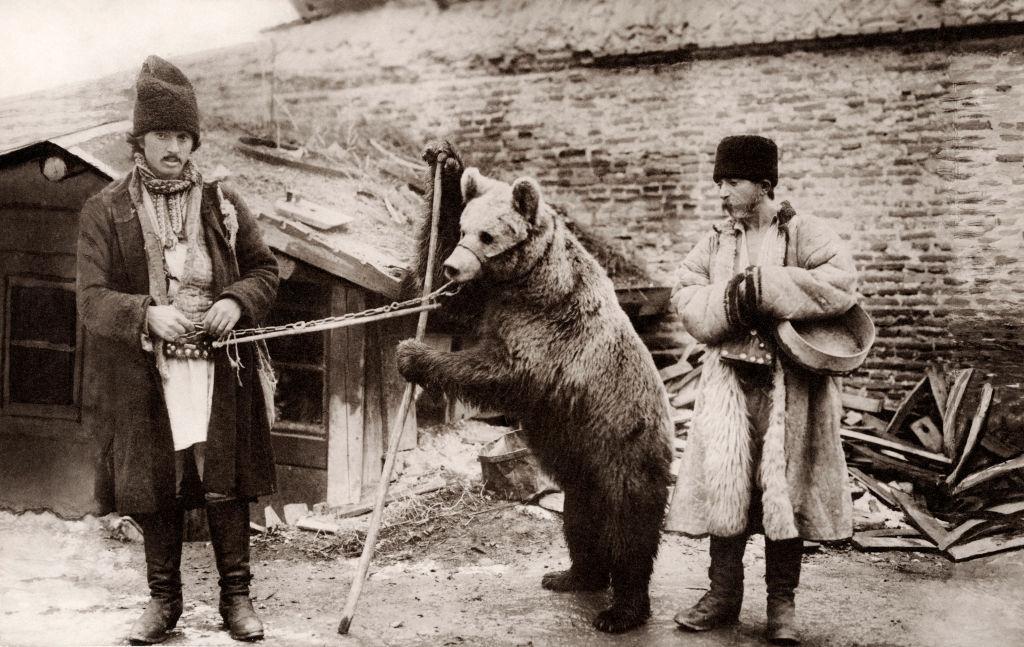
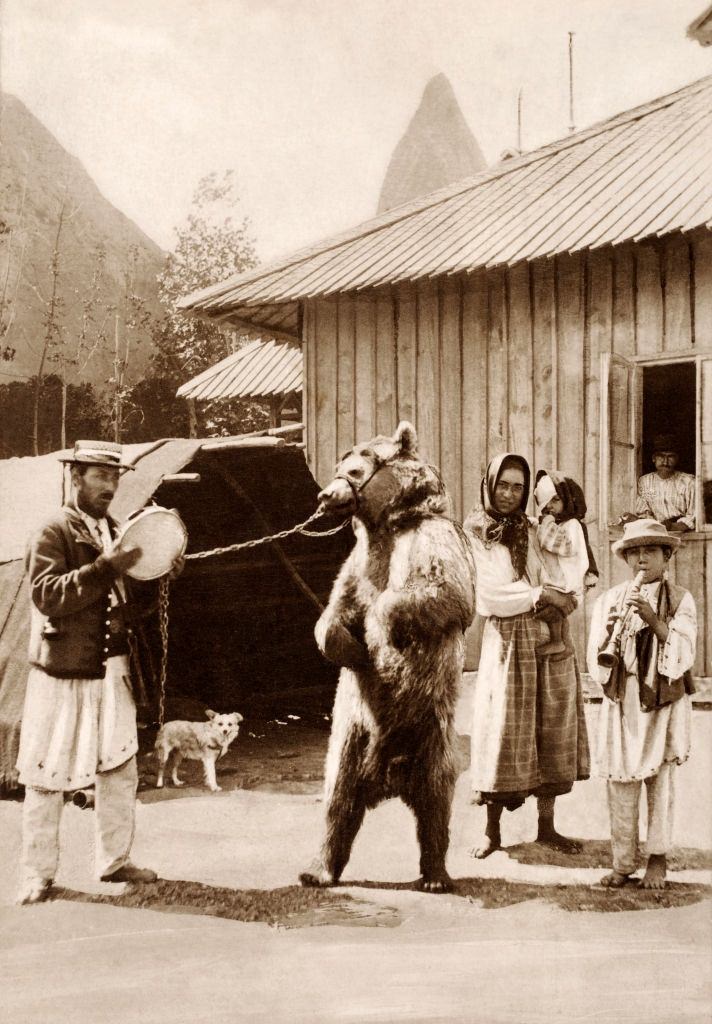
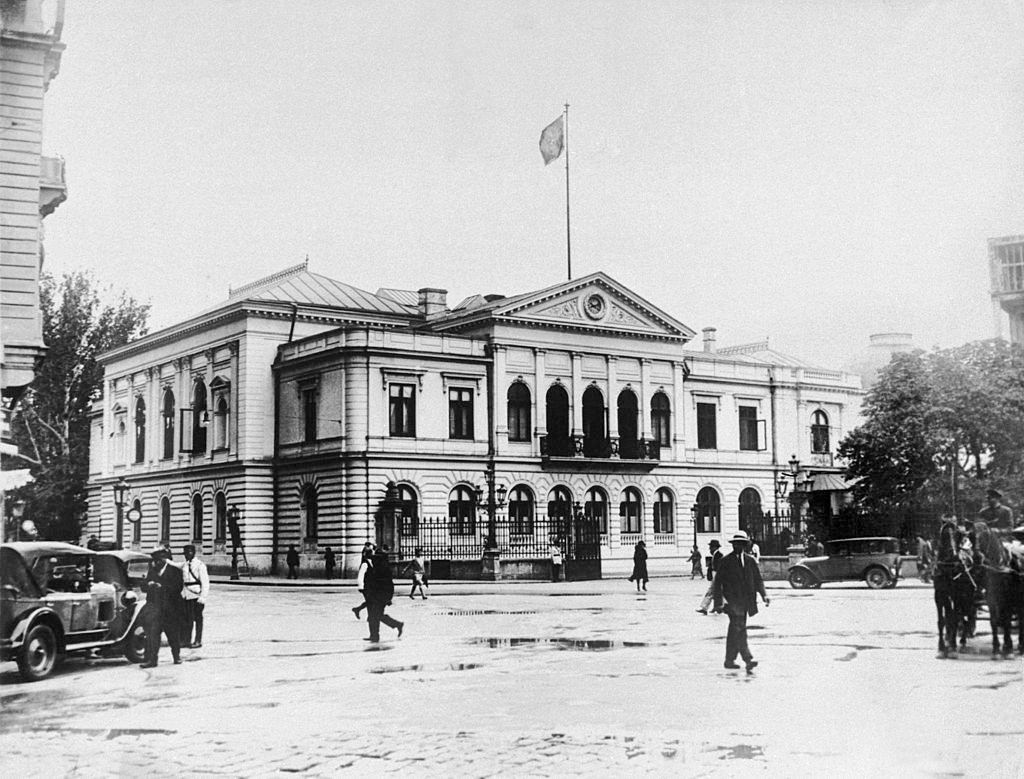
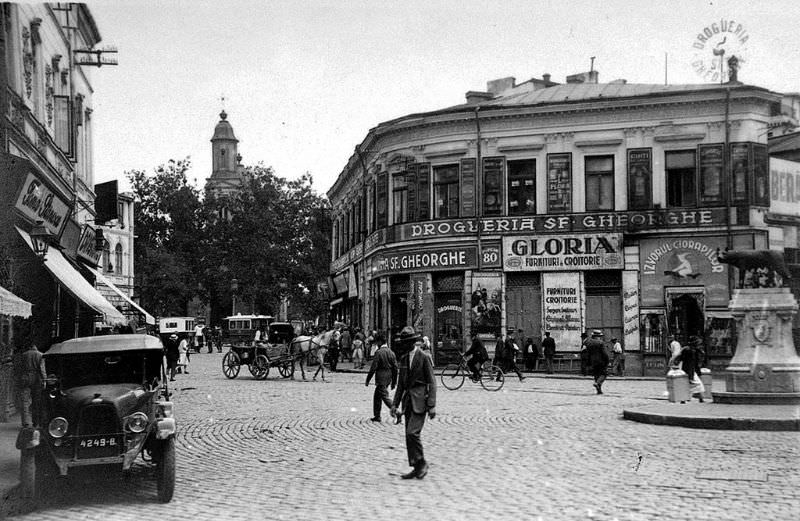
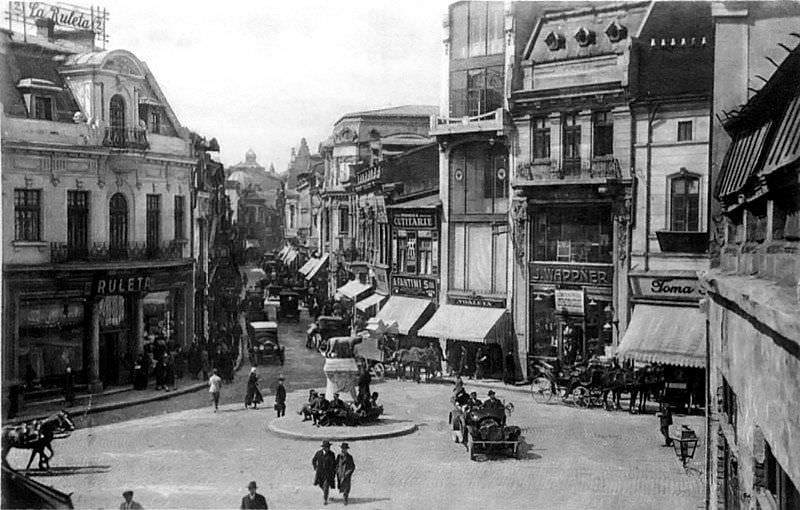
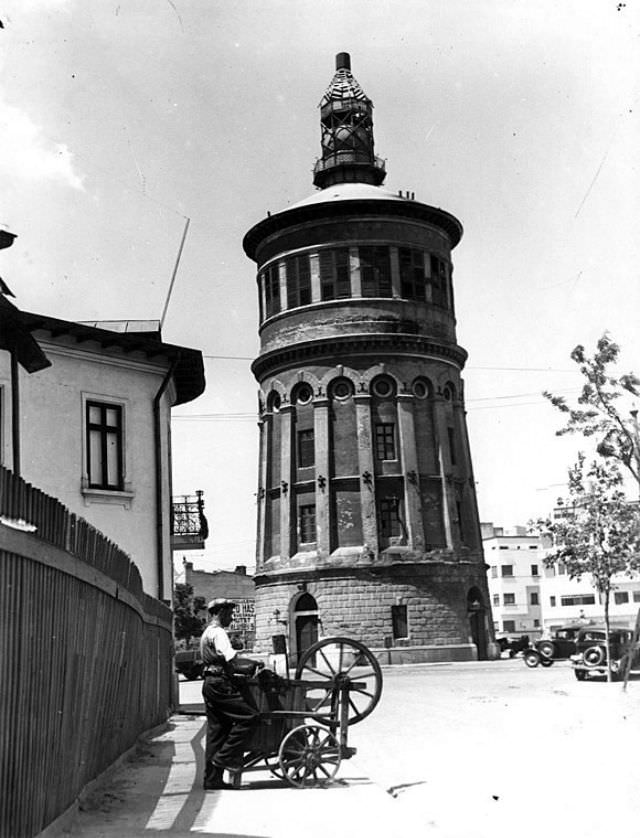
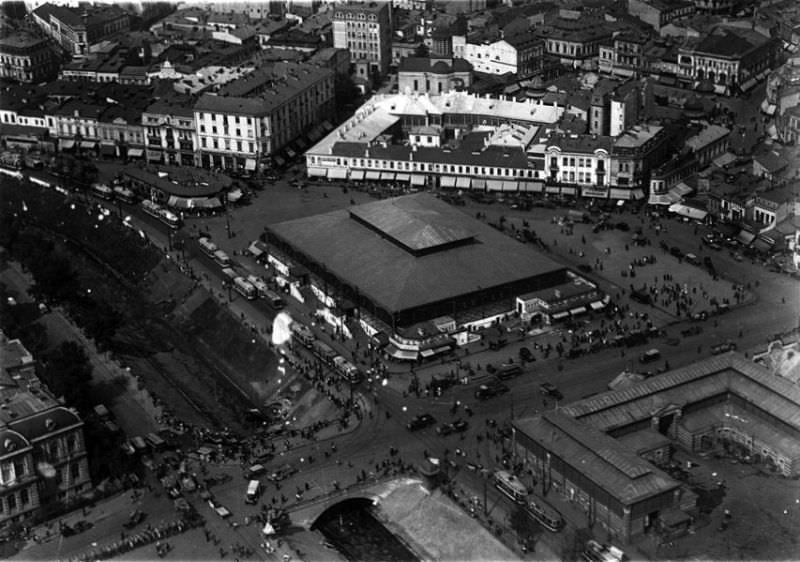
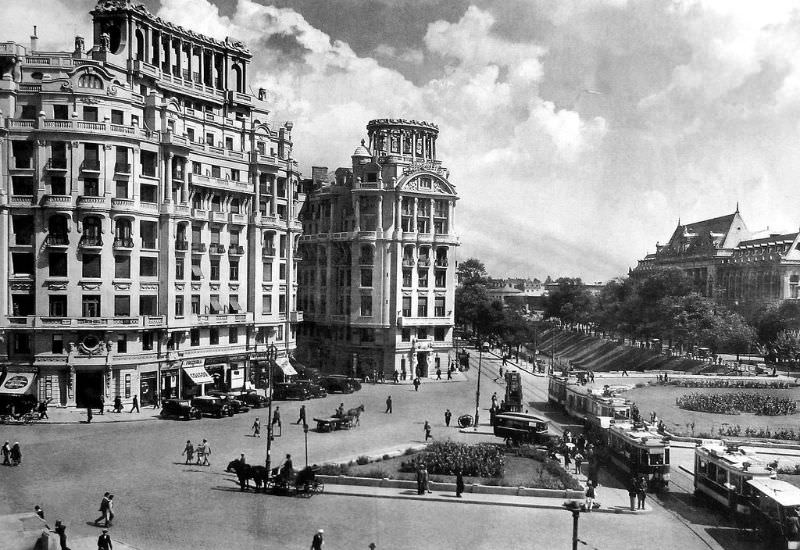
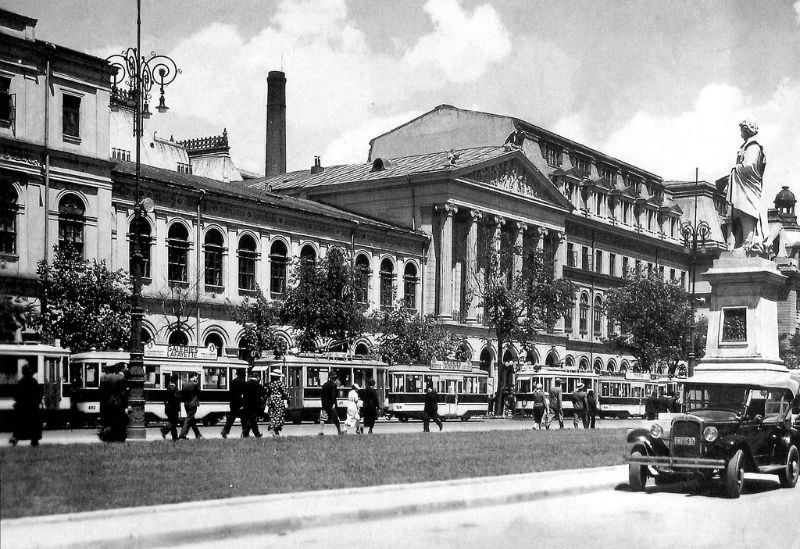
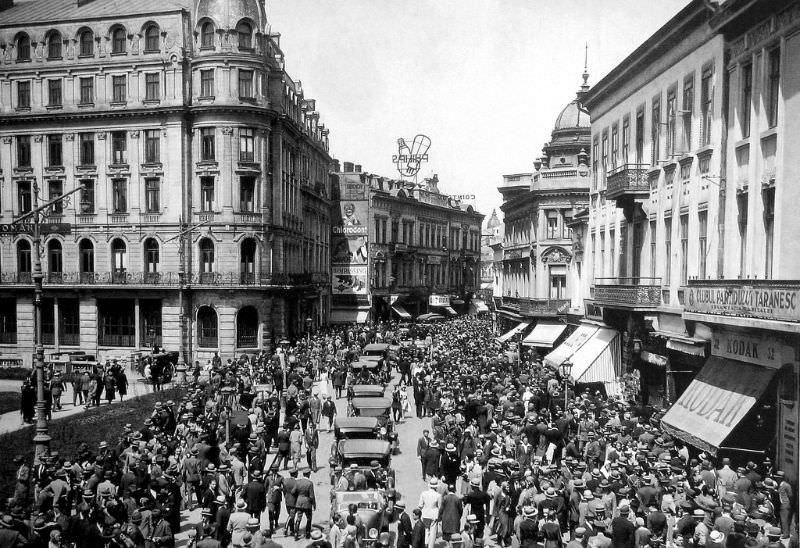
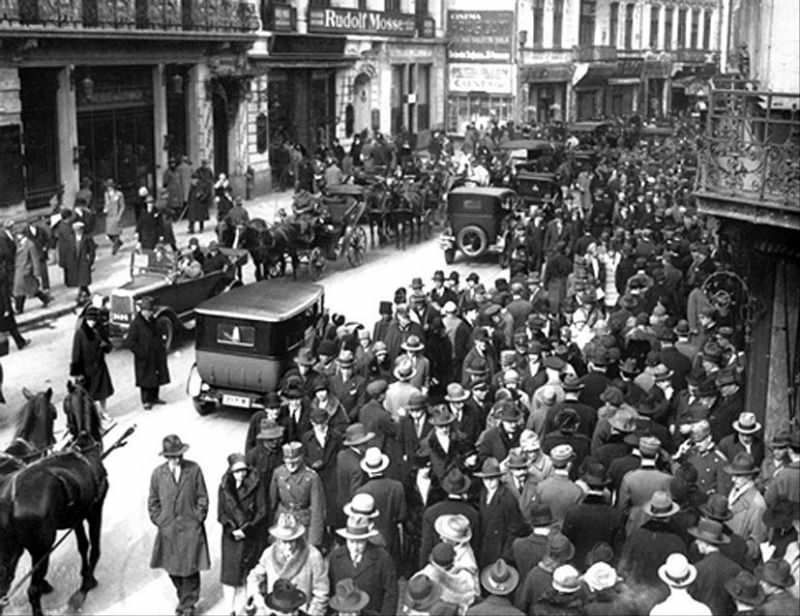
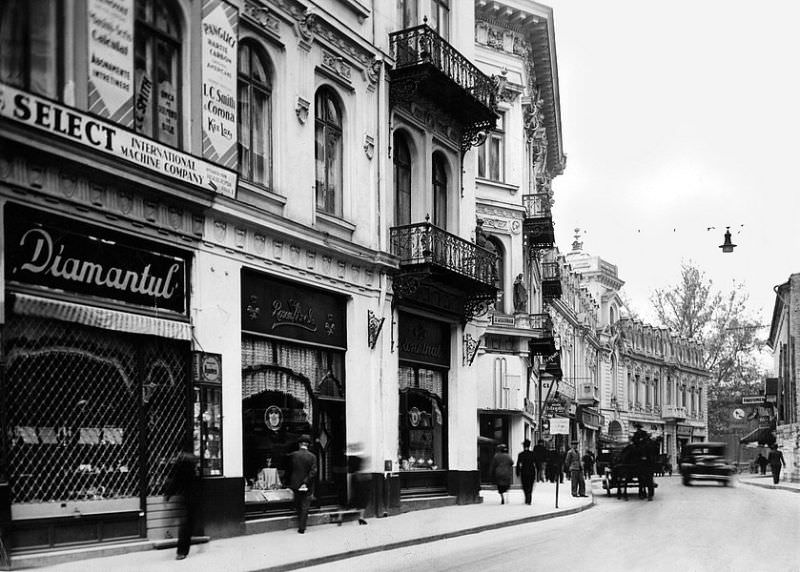
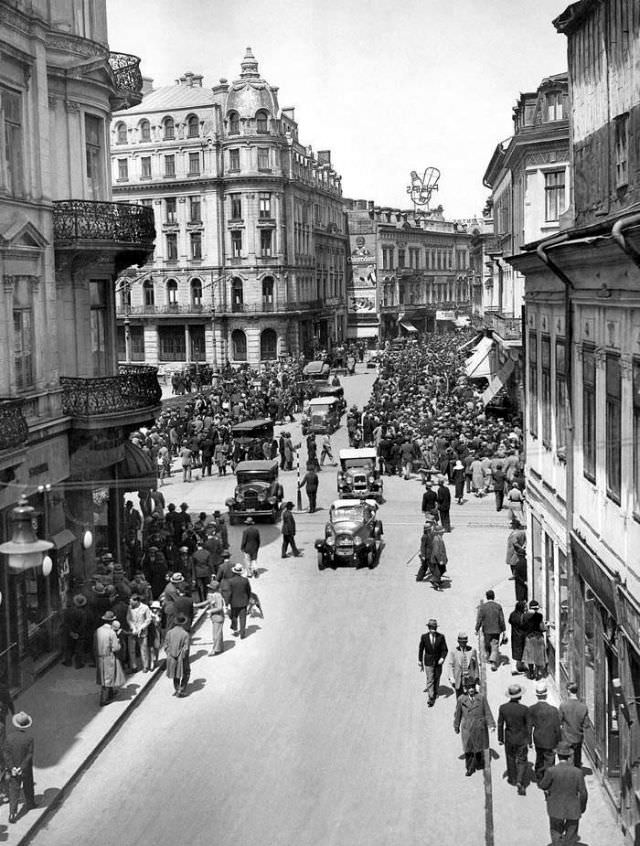
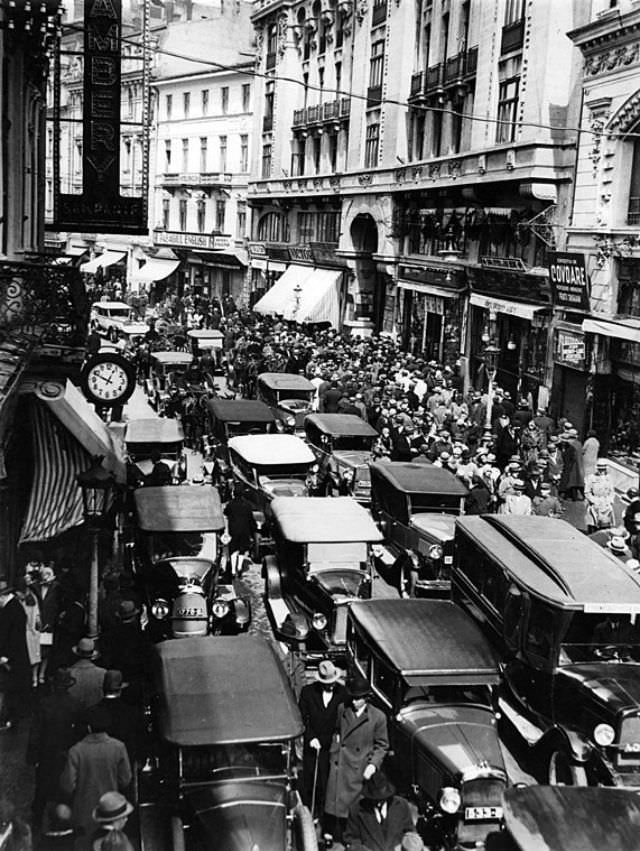
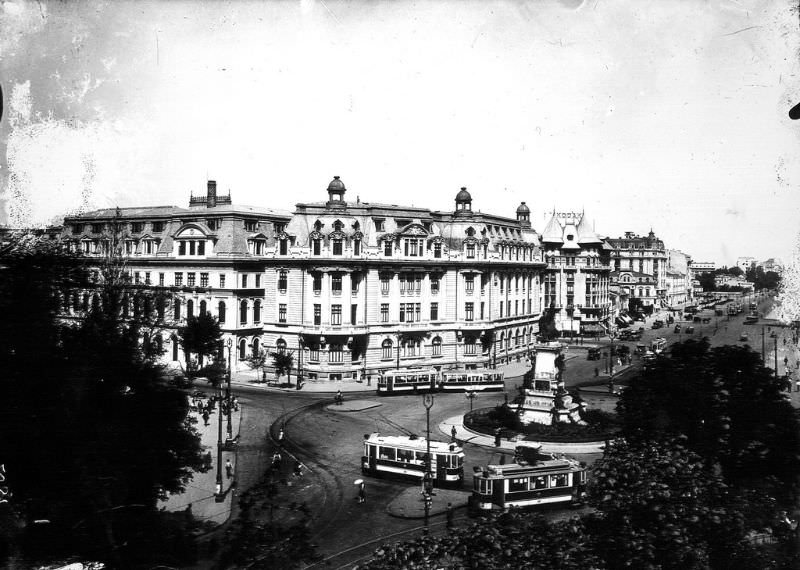
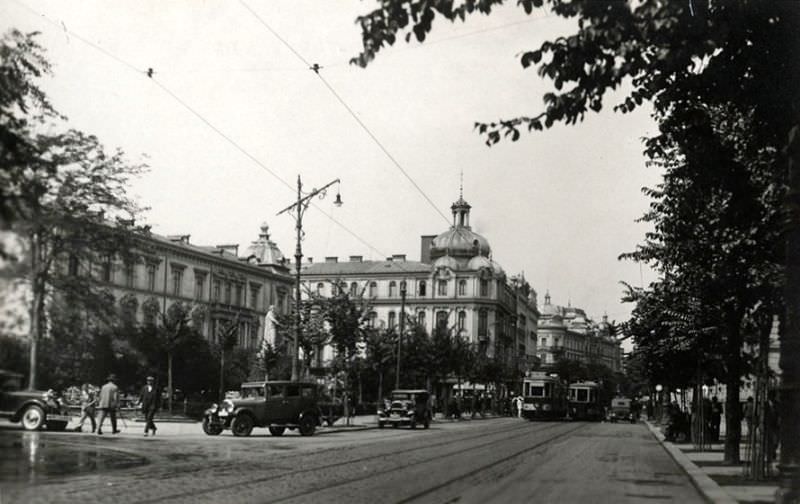
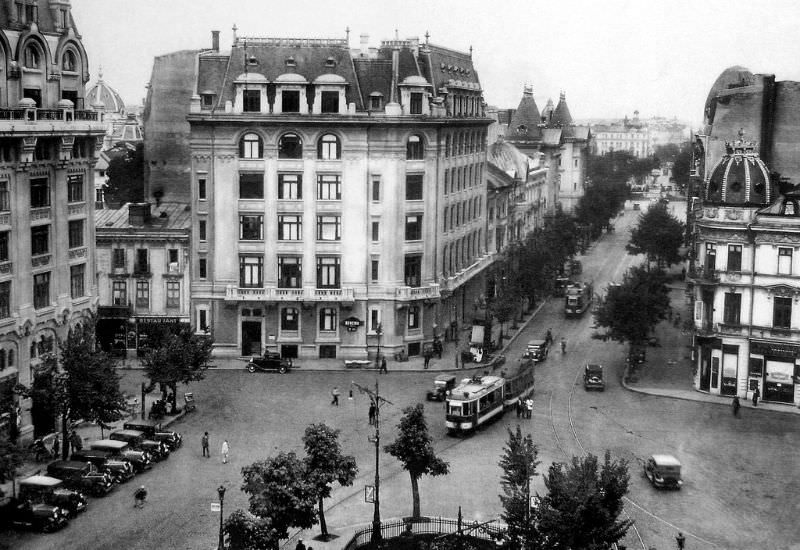
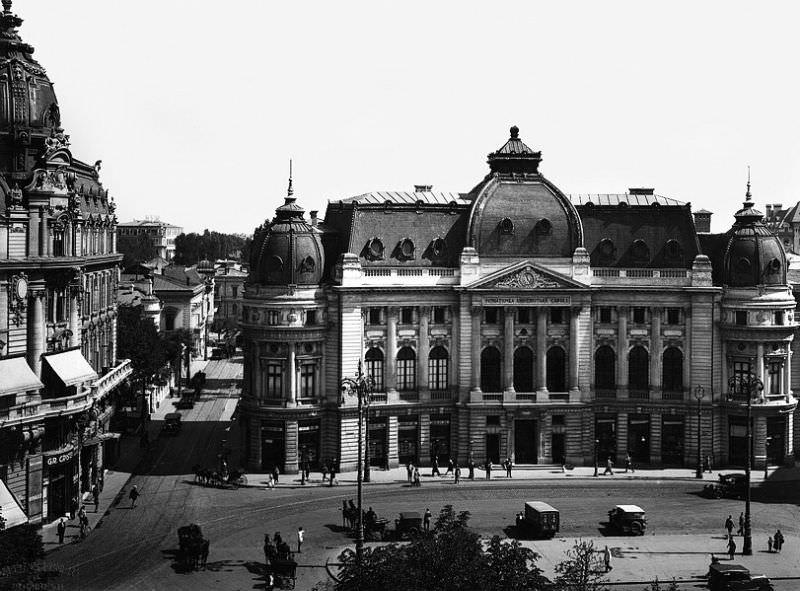
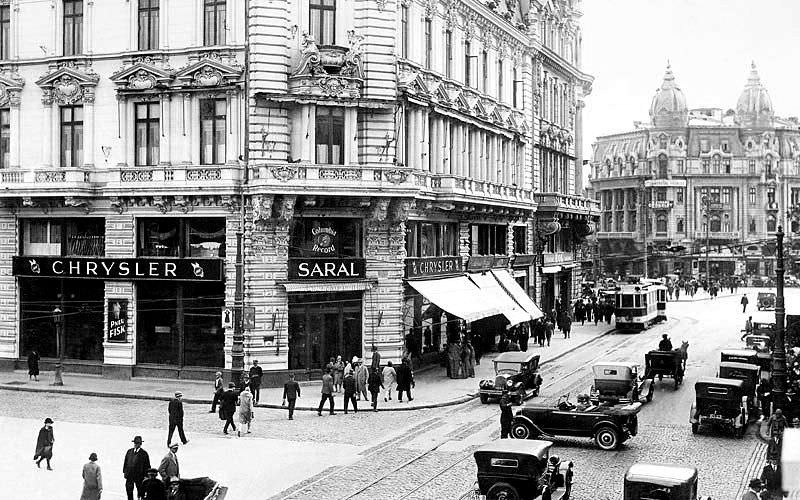
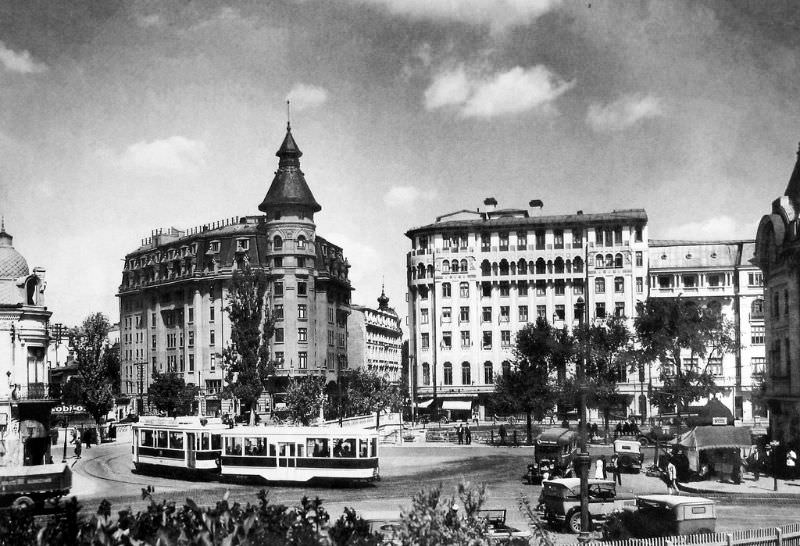
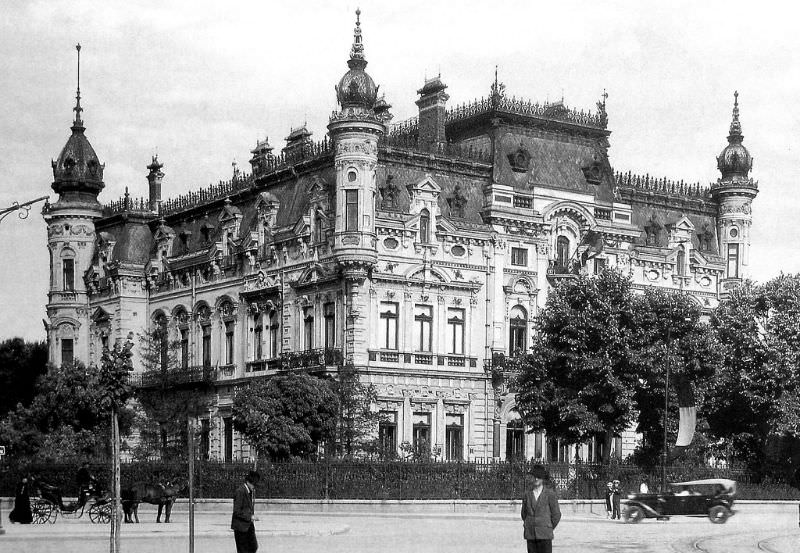
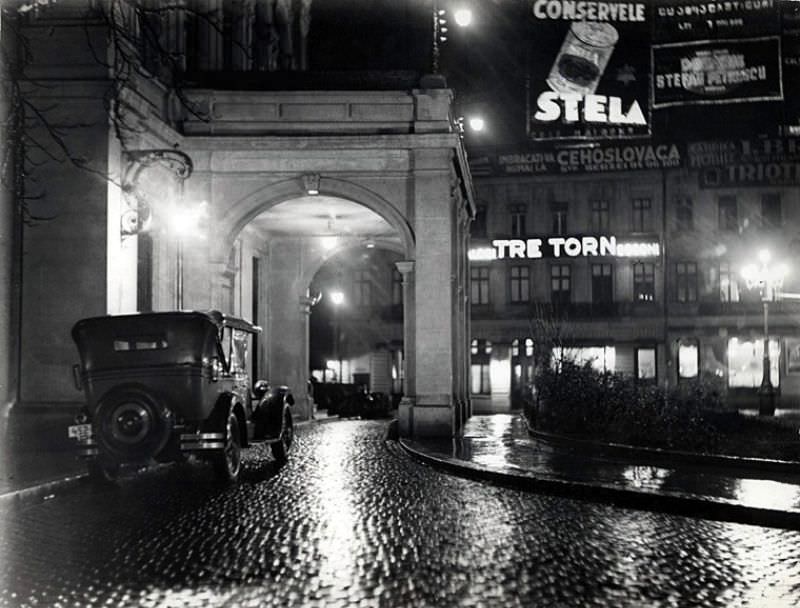
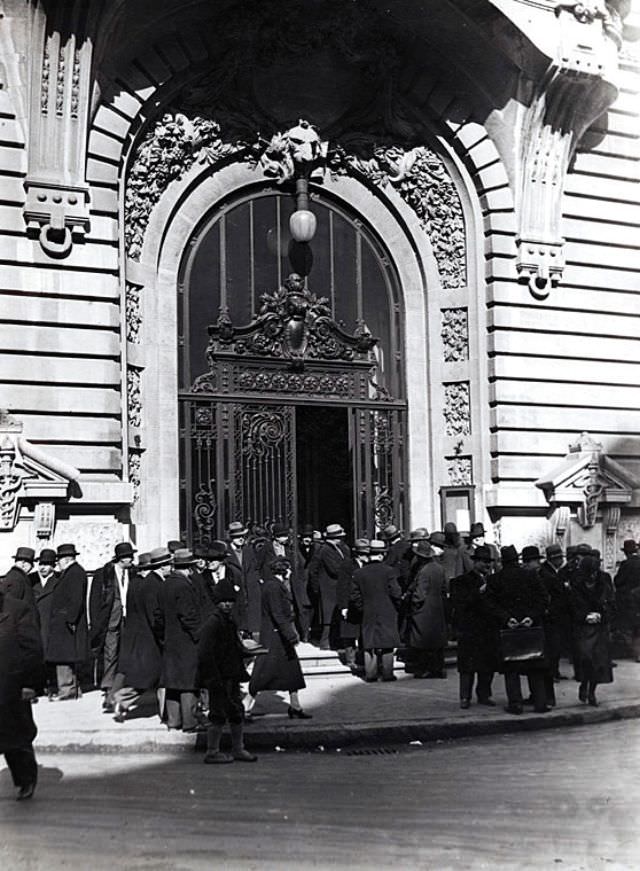
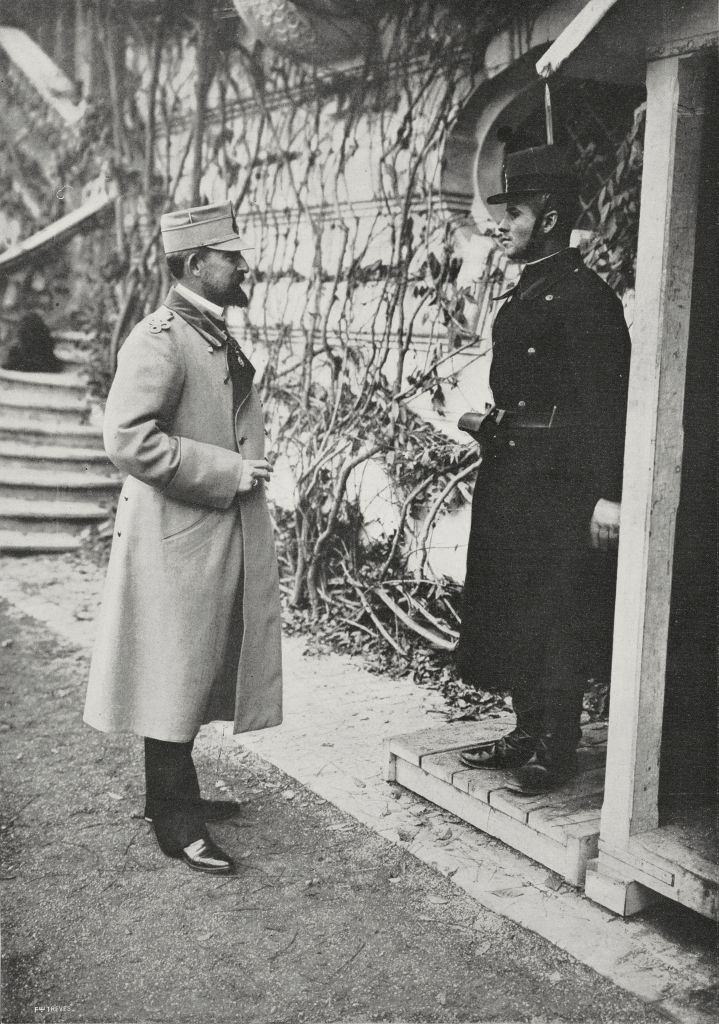
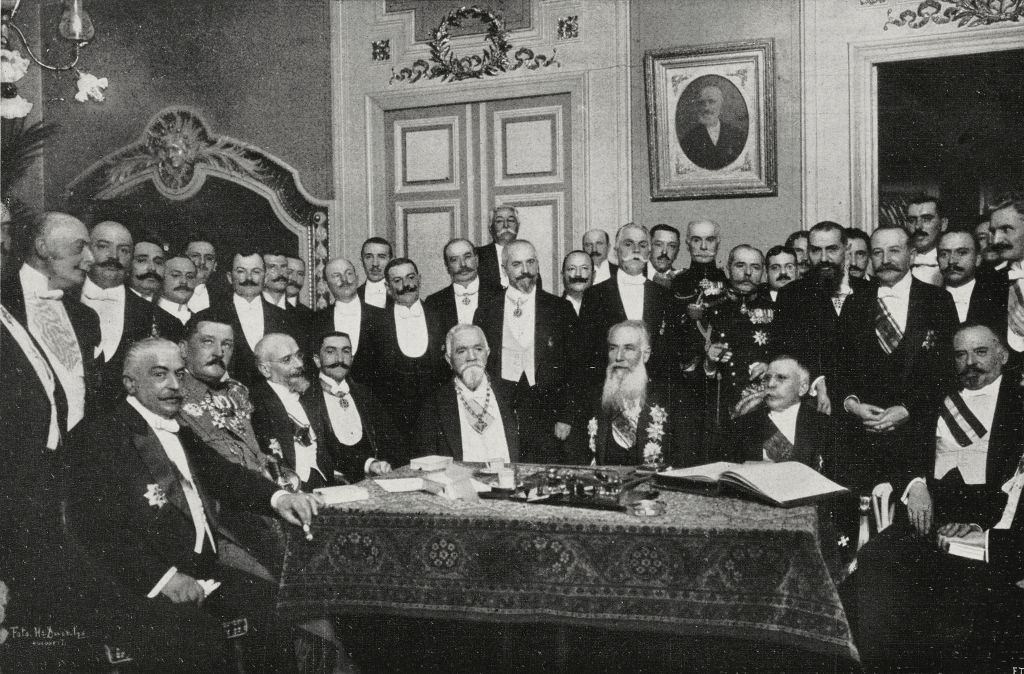
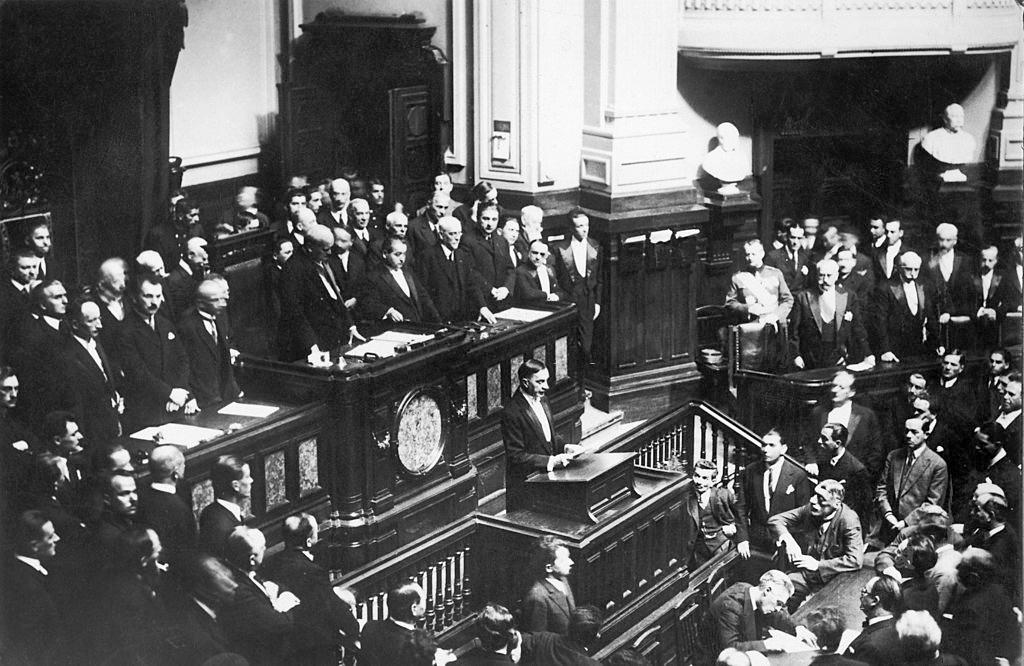

How pretty! no communist concrete
Can you imagine what it would look like now if the communists didn’t come after the war?
Romania had such a promising trajectory before World War II, and communism/war has been assured and is still assured for 80 years that nothing will improve.
I feel the worst about the private sector, which was booming. The communists harvested it, put it on the ground, dispossessed business and property entrepreneurs and nationalized everything. The culture of entrepreneurship has been reviving only since 1990, but capitalism must be restored. Thirty years have passed since the revolution, but only a few years ago, we began to see a natural development of the entrepreneurial culture. It seems we know better what to eat; we are better informed about what a business means. Financial education is also a very, very recent topic. It took 30 years for us to get back on our feet.
“How Bucharest looked like”, nenea englezu.’
Men with moustaches, lack of imagination for companies and products.
Really cool, cheers!